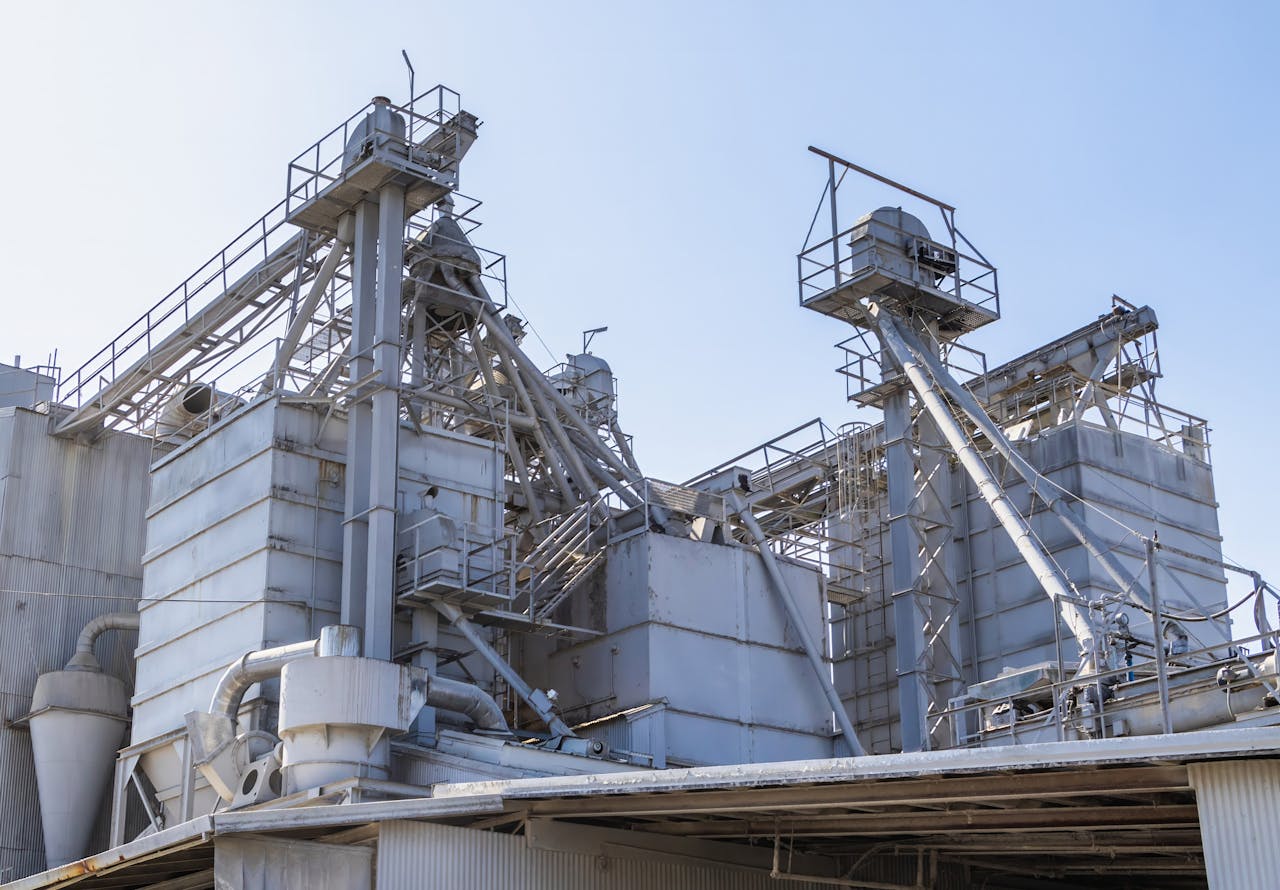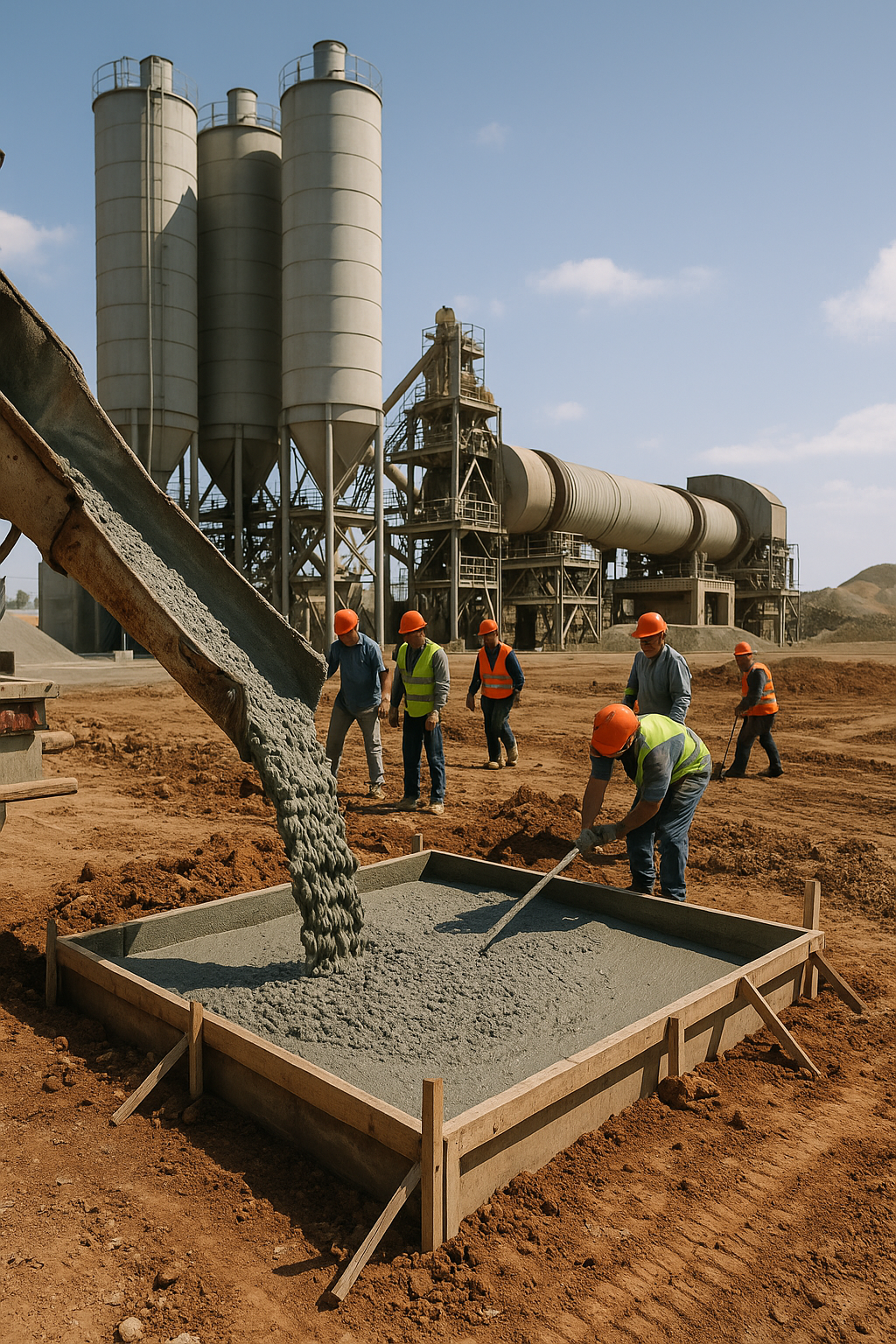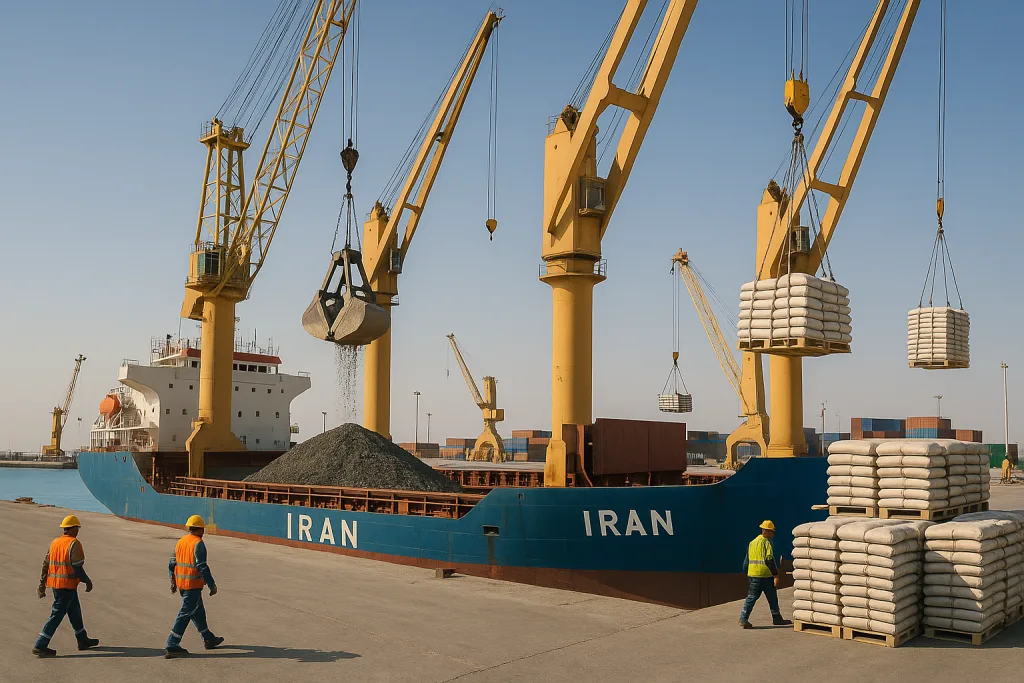
Introduction
Import cement Iran to GCC is one of the fastest-growing trade routes in 2025, as demand for cement and clinker in the Gulf region continues to rise. Businesses looking to import cement Iran to GCC markets benefit from Iran’s cost advantage. Driven by large-scale infrastructure projects, new residential developments, and mega construction projects like Saudi Arabia’s NEOM City and the UAE’s constant high-rise boom, cement remains the backbone of construction.
At the same time, Iran has emerged as one of the most competitive suppliers of cement and clinker to GCC countries, thanks to its geographical proximity, production capacity, and cost advantage. For importers, traders, and contractors in the GCC, sourcing cement directly from Iran provides a reliable supply at competitive pricing.
If you are a buyer or trader in the GCC looking to import cement from Iran, this step-by-step guide will help you understand the process and make informed decisions. From choosing the right cement type to handling logistics and customs, here are the 7 key steps to successfully import cement into your market.
Step 1 – Understand the Cement Types Available in Iran
Before starting the import process, it’s important to know what cement types are available in Iran and which ones are most in demand in GCC markets.
Some of the most common types include:
- CEM I 42.5N – The most popular choice for large-scale construction projects. It offers excellent strength and performance for concrete production.
- M-500 Grade Sulphate Resistant Cement – Ideal for coastal or marine construction where resistance to seawater and sulphates is critical.
- Clinker – The semi-finished product that can be ground into cement locally, often preferred by cement grinding plants in GCC countries.
- White Cement – Used for decorative purposes, tiling, and architectural finishes.
At Karbin Cement, we supply a wide range of cement and clinker products to meet different GCC project requirements. You can learn more about each type on our Product Specifications Page.
For a deeper understanding of cement classifications, refer to this World Cement guide.
Step 2 – Regulations to Import Cement Iran to GCC Countries
Many traders choose to import cement Iran to GCC markets because of lower costs and faster logistics.
- UAE – Requires compliance with Dubai Municipality Green Building Regulations. Cement must meet certain sustainability and performance standards.
- Oman – Ports such as Sohar require standard packaging and proper labeling for customs clearance.
- Saudi Arabia – Imports are often tied to mega-project tenders. Cement must comply with Saudi Standards, Metrology and Quality Organization (SASO).
- Qatar – Heavily regulates cement imports to meet FIFA-related construction and ongoing infrastructure requirements.
On our Karbin Cement Sustainability Page, we provide details of compliance with GCC green building standards.
For official guidelines, check the GCC Standardization Organization.
By following these steps, you can successfully import cement Iran to GCC in 2025 with Karbin Cement.
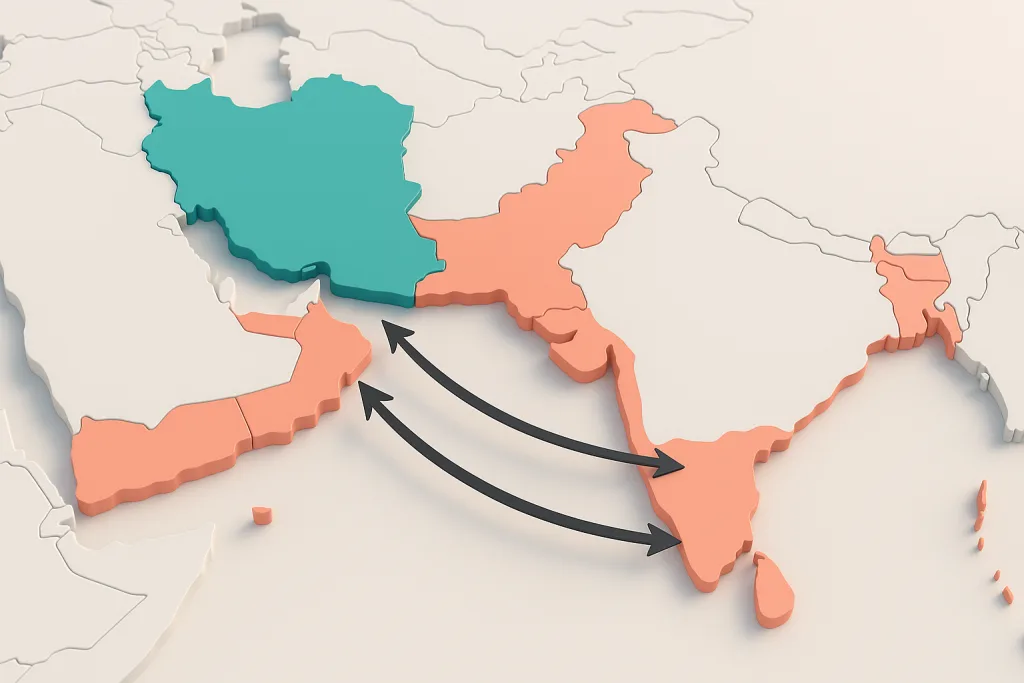
Step 3 – Get a Reliable Cement Supplier in Iran
The most critical part of the process is choosing a supplier you can trust. Many GCC importers face risks when dealing with unverified brokers or small-scale producers. Issues like delayed shipments, poor quality, and lack of documentation can cause serious financial losses. When companies import cement Iran to GCC, supplier reliability is the most important factor.
Why importers choose Karbin Cement:
- Proven Export Experience – Years of successful shipments to UAE, Oman, Qatar, and Africa.
- High Production Capacity – Ability to supply thousands of tons monthly without delays.
- Quality Assurance – Every batch is tested before export with internationally recognized certifications.
- Transparent Pricing – No hidden charges, with clear CIF and FOB quotations.
Learn more about our expertise on the Karbin Cement About Page.
For an overview of global cement exporters, visit Trade Map Cement Data.
Step 4 – Negotiate Pricing and Terms (FOB vs CIF)
Once you’ve chosen your supplier, it’s time to negotiate pricing and shipping terms. Pricing terms are critical for anyone planning to import cement Iran to GCC projects in 2025.
- FOB (Free on Board): The supplier delivers the goods to the Iranian port, and the buyer takes responsibility for freight and insurance.
- CIF (Cost, Insurance, Freight): The supplier handles the full shipment until it reaches your GCC port. This option is easier for many buyers as it covers logistics.
2025 Price Ranges (Approximate for Reference Only)
- Clinker: $28 – $34 per ton FOB Iran.
- Cement (CEM I 42.5N): $38 – $44 per ton FOB Iran.
Note: Prices vary depending on quantity, packaging, and port of delivery.
To get an updated quotation tailored to your market, use our Karbin Cement Request Quote Form.
Track international cement price movements via Trading Economics Cement Prices.
Step 5 – Arrange Logistics and Shipping Routes
Logistics is a vital part of cement import. Choosing the right shipping route ensures timely and cost-efficient delivery.
Major Iranian Export Ports:
- Bandar Abbas – The largest port with high shipping capacity to UAE and Oman.
- Chabahar – Strategic port for shipments to India, Oman, and East Africa.
Major GCC Destination Ports:
- Jebel Ali (UAE) – One of the busiest ports in the Middle East.
- Sohar (Oman) – Growing as a logistics hub for clinker imports.
- Dammam (Saudi Arabia) – Essential entry point for large-scale construction supplies.
At Karbin Cement, our logistics team coordinates everything from loading to customs clearance, ensuring a smooth import process.
Learn more about UAE Port Authority.
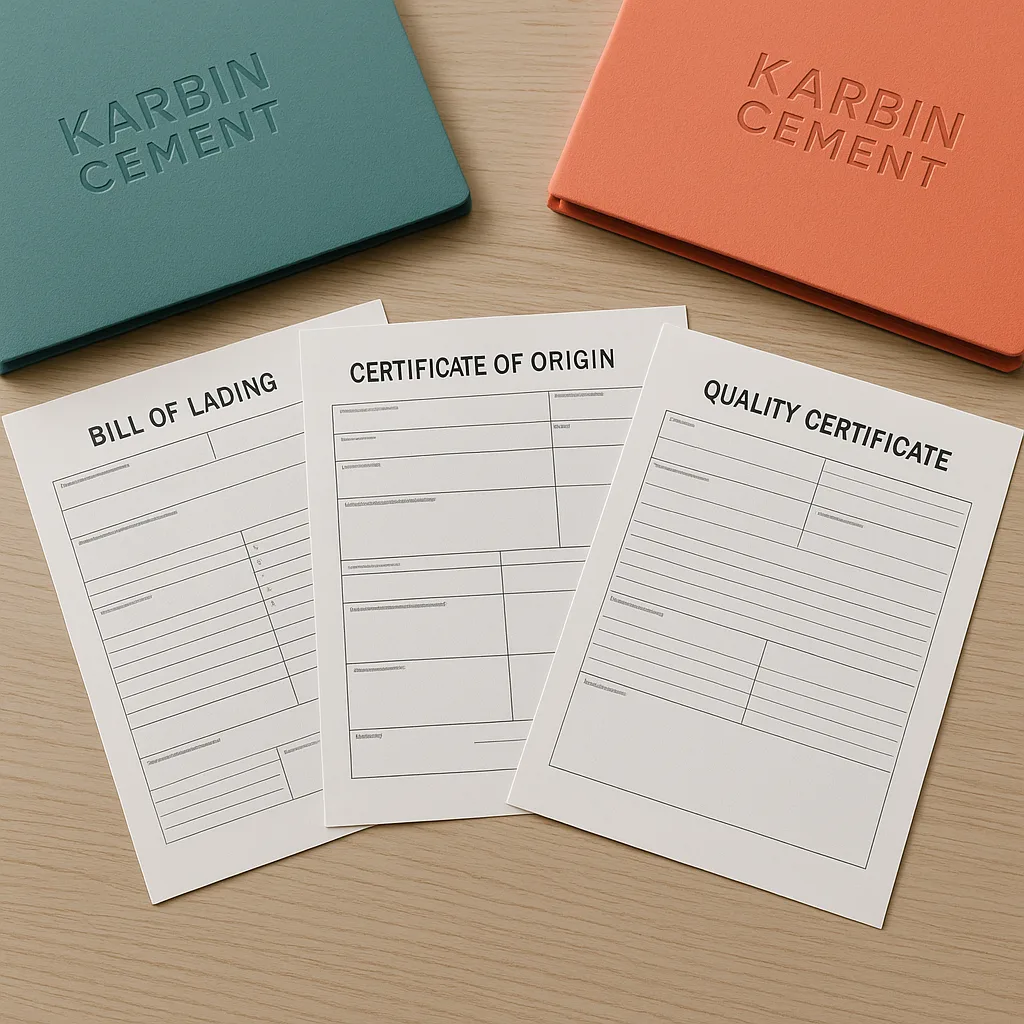
Step 6 – Ensure Documentation and Customs Clearance
Customs clearance is one of the most important steps when you import cement Iran to GCC markets. Without proper documentation, your shipment risks being delayed or held at customs. Key documents required for cement imports into GCC include:
- Certificate of Origin – Confirms product is manufactured in Iran.
- Bill of Lading – Shipping details including container number, port of departure, and destination.
- Packing List & Invoice – Declares quantity, weight, and price.
- Quality Certificates – Proving compliance with GCC standards.
Our Karbin Cement Export Support Team provides all required documentation to guarantee smooth customs clearance.
For more details on customs, check the GCC Customs Procedures.
Step 7 – Secure After-Sales Support and Long-Term Supply
Cement supply is not a one-time deal for most GCC buyers. Contractors and traders require consistent supply chains for ongoing projects. This is where long-term partnerships are key.
Benefits of working with Karbin Cement on a long-term basis:
- Stable Pricing Agreements – Protection from sudden market fluctuations.
- Priority Supply – Guaranteed availability during peak demand seasons.
- Dedicated Account Manager – Personalized support for orders and logistics.
Discover how we build long-term relationships on our Karbin Cement Partnership Page.
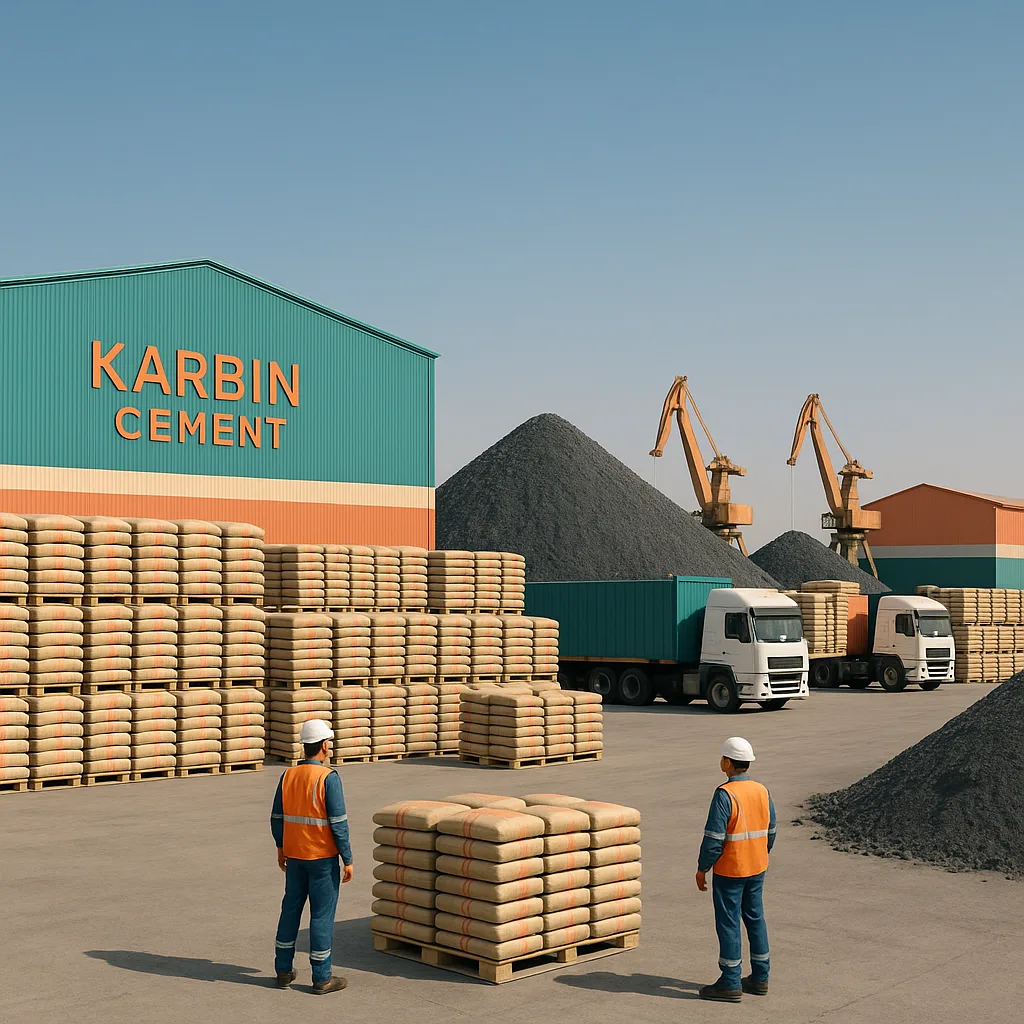
Final Thoughts – Why Importing Cement from Iran in 2025 is a Smart Move
By following these steps, you can easily import cement Iran to GCC and secure reliable supply from Karbin Cement. Importing cement from Iran to the GCC is one of the most strategic choices for contractors, traders, and construction companies in 2025. With its competitive prices, high-quality production, and close proximity to GCC ports, Iran stands out as the top supplier.
By following the 7 steps outlined in this guide, you can simplify the import process, reduce risks, and ensure a steady supply of cement for your projects. Choosing Karbin makes the process to import cement Iran to GCC faster and risk-free.
Ready to start importing? Contact Karbin Cement today for the latest prices, product specifications, and logistics support.
